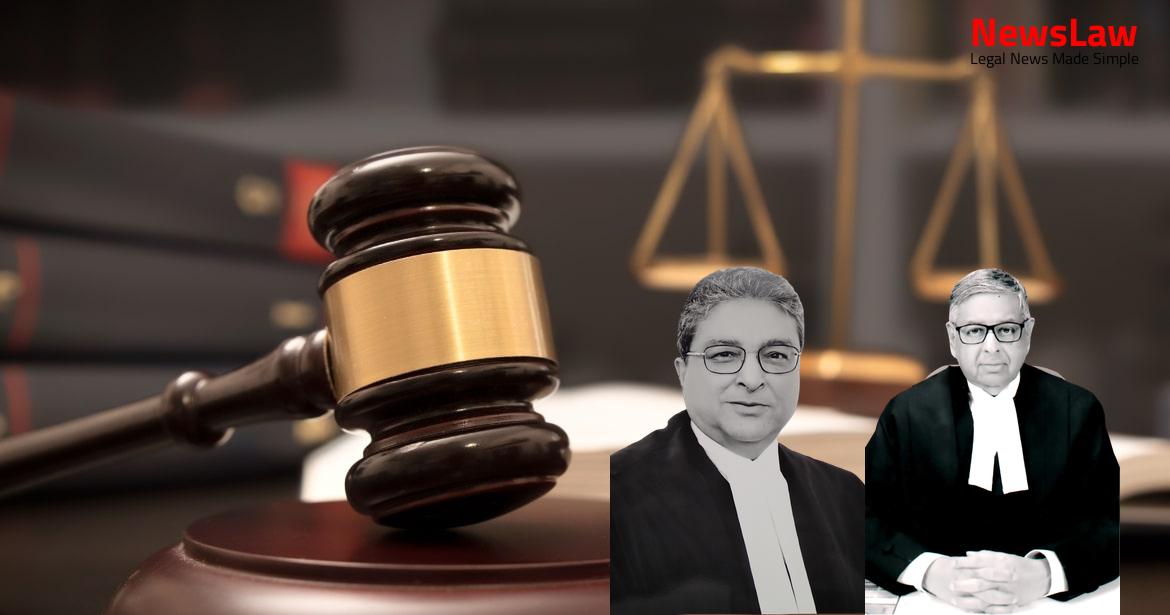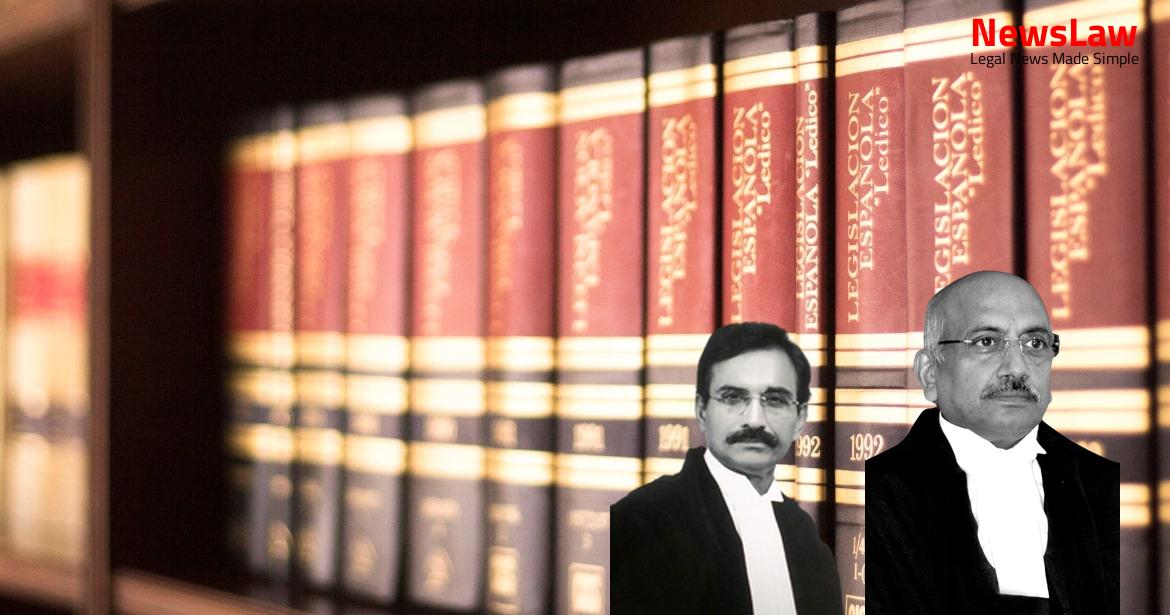Explore the significant legal analysis by the court regarding the power of Magistrates to issue summons to individuals not originally named in police reports or FIRs in criminal cases. This decision carries weight in shaping legal proceedings and underscores the importance of thorough examination of evidence before summoning additional accused persons.
Facts
- The police report was based on an F.I.R. filed by the mother of the victim on May 9, 2012.
- The victim was found to be a major by a radiologist based on an x-ray.
- The initial statement did not include the name of Nahar Singh as an accused.
- Accused Yogesh and Rupa were named in the chargesheet.
- The victim stated that Yogesh had committed rape on her in her statement under Section 164 of the Code.
- Investigation was transferred from PS: Chattari to PS: Dibai.
- Nahar Singh was found to have no role in the incident by the investigating officer.
- The Revisional Court set aside the order rejecting the de facto complainant’s application.
- The High Court was approached for summoning accused Nahar Singh.
- The CJM had taken cognizance of the offences under Sections 363, 366, and 376 of the IPC.
- The victim mentioned Rupa, Yogesh, and Nahar Singh as the perpetrators in her statement.
- The Superintendent of Police transferred the investigation from Chattari to Dibai.
- Accused Nahar Singh had threatened the complainant and her family.
- The complainant sought the arrest of Nahar Singh for safety.
- High Court held that Magistrate must determine the complicity of individuals beyond those charged
- CJM ordered Nahar Singh to be summoned for trial on 21 February, 2015
- CJM’s order on 7 November, 2012, dismissed the application to summon appellant for trial
- File directed for commitment on 16 November, 2012
Also Read: Legal Analysis in Company Law Case
Issue
- The issue to be addressed in this appeal is whether a Magistrate can issue summons to a person not named in the police report or the First Information Report.
- The High Court of Judicature at Allahabad has held that a Magistrate can issue summons to such a person.
- The appellant in this case was not named in the First Information Report.
Also Read: Land Compensation Dispute: Legal Analysis
Analysis
- Magistrates of the first class and specially empowered Magistrates of the second class can take cognizance of an offence.
- Cognizance is taken of the offence itself and not the offender.
- Section 190 of the Code of Criminal Procedure specifies the process of taking cognizance by Magistrates.
- The Magistrate can summon persons showing complicity in the offence even if they are not named in the police report or chargesheet.
- The victim’s statement under Section 164 Cr.P.C. should not be discredited if it does not mention the accused’s complicity.
- The Criminal Law can be set in motion either through a police report under Section 154 or a complaint received by a Magistrate.
- The Magistrate has the jurisdiction to summon an accused not named in the FIR or chargesheet if there is prima facie evidence of their involvement in the offence.
- The investigation should not be influenced by the accused directing the transfer of the investigation to another police station.
- The High Court held that summoning additional accused persons is integral to the proceedings when allegations of facts constituting an offense are made for taking cognizance.
- The term ‘complaint’ is explained to include allegations against persons unknown, allowing for cognizance even if the offenders are not known at the time of filing the complaint.
- The jurisdiction of the Court of Session under Section 193 of the Code and its power to summon other persons whose complicity in the offense can be inferred from available records was discussed.
- Cases like Raghubans Dubey, SWIL Ltd., and Dharam Pal analyzed the jurisdiction of the Court or Magistrate to summon accused persons not initially named in the police report or chargesheet.
- Divergence of views among different Benches led to the Constitution Bench settling the issue in Dharam Pal vs. State of Haryana, affirming the Summoning power of Magistrates and Sessions courts under specific circumstances.
- The role of the Magistrate in committing cases to the Court of Session upon taking cognizance based on a police report and the power to summon accused persons was emphasized.
- Furthermore, the scope of jurisdiction of the Magistrate in taking cognizance of offenses before committing the case to the Court of Session was examined and clarified by the Constitution Bench.
- The Magistrate must examine all available materials to conclude involvement of other persons in the offense
- Materials can include statements made under Section 164 of the Code, not limited to police reports, charge sheets, or FIRs
Also Read: Legal Analysis on Insider Trading Allegations
Decision
- The appeal is dismissed and the interim order passed in this matter shall stand dissolved.
- Pending application(s), if any, shall stand disposed of.
- No error found in the order of the Magistrate, affirmed by the High Court.
- Judgment under appeal affirmed.
Case Title: NAHAR SINGH Vs. THE STATE OF UTTAR PRADESH (2022 INSC 314)
Case Number: Crl.A. No.-000443-000443 / 2022



